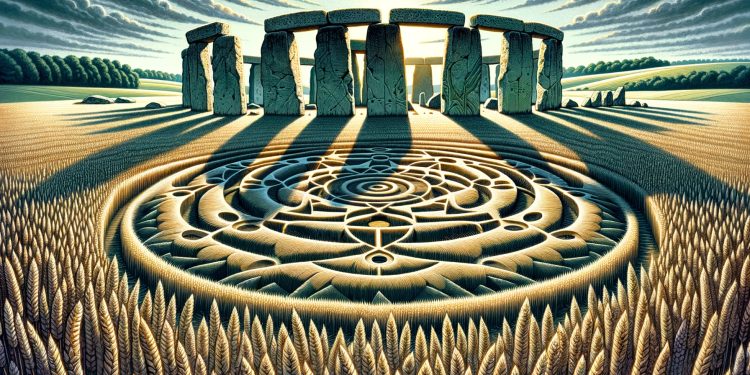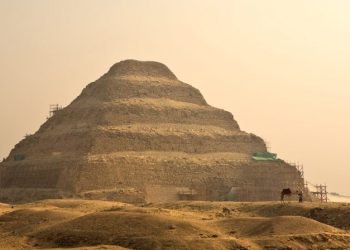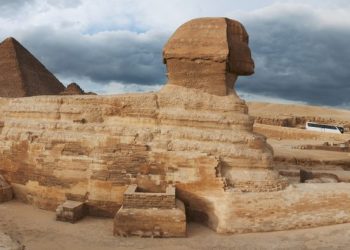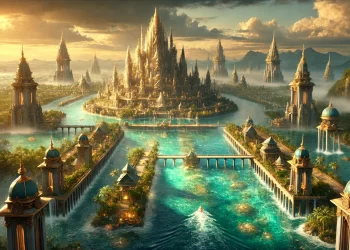In the summer of 1996, the world was captivated by an extraordinary event near Stonehenge. The appearance of a complex crop circle, known as the Julia Set, opposite this ancient site, sparked widespread fascination. Named after a mathematical fractal shape, the Julia Set crop circle was characterized by its intricate design and sudden formation. Anecdotes, including reports from a local taxi driver, describe the crop circle as appearing almost instantaneously, fueling speculation about its origin. For many, these patterns in the fields are more than mere artistic expressions; they’re perceived as symbols conveying significant information.
Stonehenge and the Julia Set
The proximity of the Julia Set to Stonehenge has led to intriguing theories about a possible connection between the two. Given Stonehenge’s historical and archaeological significance, the appearance of such a complex formation nearby raises questions about potential interstellar messages. Theories speculate whether Stonehenge, a site shrouded in mystery, could be a portal to the stars as some proponents would suggest, and if the Julia Set-like crop circles, with mathematical precision, hold a key to reactivating “ancient portals.”
The creation of the Julia Set near Stonehenge has reignited discussions about the capabilities of ancient civilizations. Some theorize that our ancestors were attuned to Earth’s energies and mysterious forces, possessing knowledge now lost to modern humanity. This theory posits that ancient sites like Stonehenge could be remnants of sophisticated technologies, once part of a global network capable of generating significant energy, potentially used for extraterrestrial communication or travel.
The not-so-alien Crop Circles
As we consider the mysteries of Stonehenge and the intriguing crop circle phenomena, it’s important to acknowledge the complexity of human creativity and its role in these enigmas. A notable example of this is the story of Doug Bower and Dave Chorley, two friends who, in the late 1970s, embarked on an unusual artistic endeavor. Using simple tools like planks of wood and ropes, they crafted intricate crop circle designs in fields. Their intention was initially playful, but their creations soon captured global media attention and sparked a wave of imitators worldwide.
Their story, which remained a secret for years, eventually inspired “The Perfect Golden Circle,” a novel by British author Benjamin Myers. The book, set in 1989, follows two characters through the English summer nights as they create complex crop patterns, mirroring the real-life adventures of Bower and Chorley.
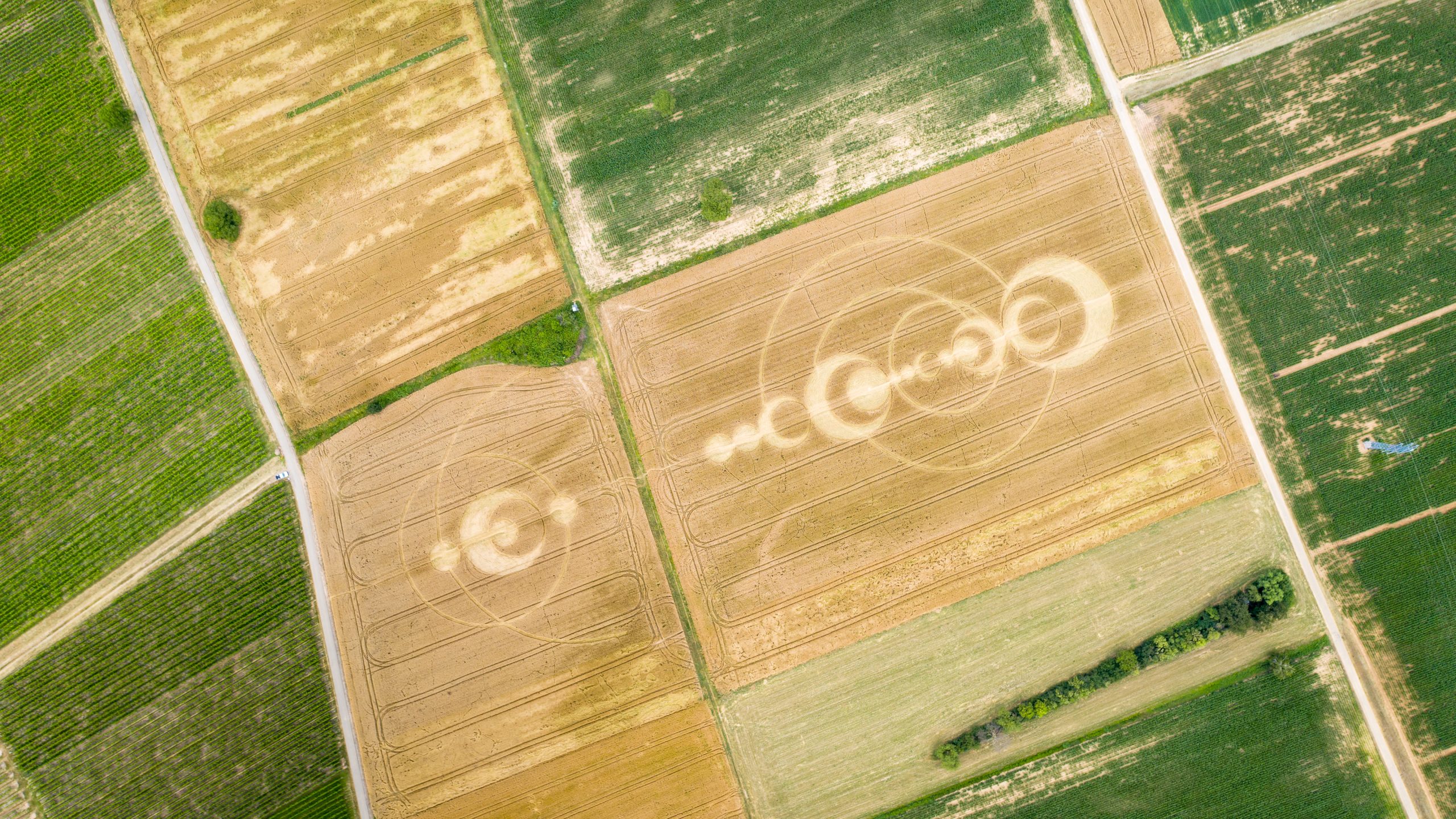
The truth about their crop circle artistry came to light when Bower and Chorley, then aged 67 and 62, confessed to journalist Graham Brough. To verify their claims, Brough examined an archive of over 200 crop circle designs stored at Bower’s residence. These aged designs matched the patterns they claimed to have made over the years, confirming their role in initiating what had become a global phenomenon.
This revelation by Bower and Chorley serves as a reminder of the human capacity for creativity and its power to inspire wonder and speculation. While the origins of Stonehenge remain shrouded in history, the crop circles near this ancient site, once thought to be of mysterious origins, have been partially demystified, illustrating the blend of human ingenuity and the enduring allure of the unknown.
Reimagining Megaliths: Stonehenge as a Cosmic Gateway
The enduring mystery of Stonehenge, coupled with the appearance of the Julia Set, has led some to reimagine these megaliths as more than historical relics. Could they be remnants of the most sophisticated technology ever to exist on Earth? Some have proposed the idea that these structures could have been communication or transportation hubs for alien visitors, but this is a radical reinterpretation. Theories suggest that the stones remaining today might have been left intentionally, awaiting a future where humanity could rediscover and reactivate this lost technology.
The intersection of the Julia Set crop circle and Stonehenge presents a fascinating convergence of past and future, ancient knowledge, and modern inquiry. As we delve deeper into these mysteries, the opportunity to gain a deeper understanding of the ancient builders of these sites presents itself as a fascinating journey. This ongoing exploration into these ancient structures and phenomena not only enriches our knowledge of history but also holds the potential to inspire future technological innovations. The study of such complex sites like Stonehenge continues to challenge and expand our understanding of human ingenuity and the capabilities of ancient civilizations.
The Julia Set crop circle and Stonehenge stand as beacons of the unknown, challenging our understanding of history, science, and as some push, the potential for extraterrestrial life. As we strive to decode the messages left by our ancestors, these ancient sites and formations continue to inspire wonder, debate, and the pursuit of knowledge across the ages.



